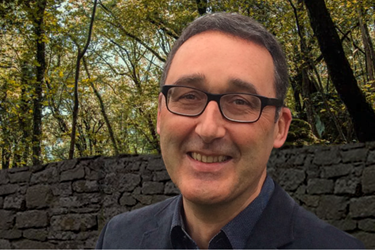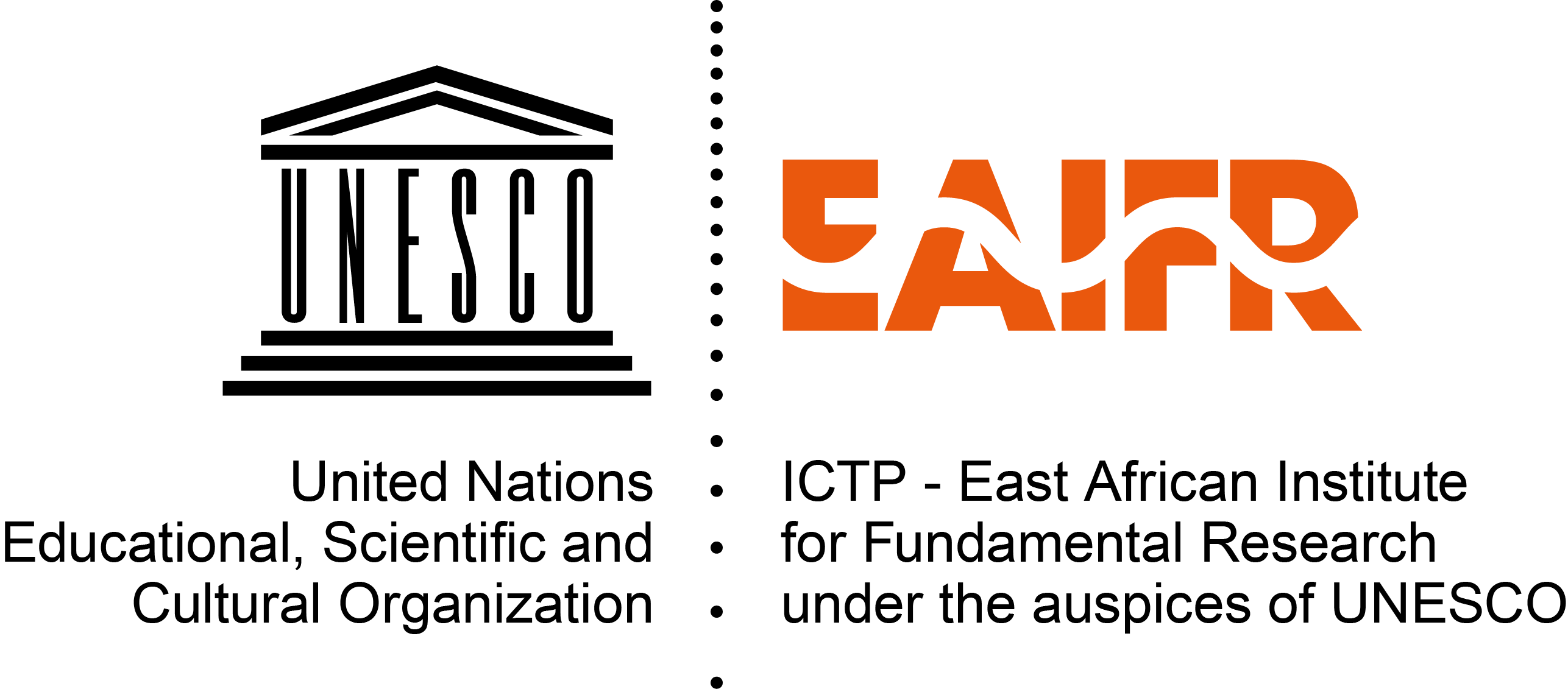ICTP-East African Institute for Fundamental Research
KIST2 Building CST
Nyarugenge Campus
University of Rwanda
Kigali, Rwanda

Philippe Ghosez at EAIFR November 12
Condensed Matter virtual seminar
ICTP-EAIFR is pleased to welcome Philippe Ghosez of the University of Liège, Belgium for a virtual seminar on Thursday, 12 November, 2020 at 16:00 Kigali time (GMT+2). The Condensed Matter Physics talk is titled "From first- to second-principles modelling of ferroelectric perovskites: a historical perspective," is open to all.
The talk explores the history of developments in first-principles modelling of functional oxides. Functional oxides are of interest for many applications, including optoelectronic devices, photocatalysts, information storage, biomedical devices, water splitting, and energy storage.
Register here for access to the seminar.
Abstract: Since the early 1990s, many efforts have been devoted to the first-principles modelling of functional oxides from density functional theory. This concerned, at first, bulk compounds and later on included thin films, superlattices and various kinds of heterostructures. Initially restricted to reproduce experimental findings, such calculations progressively became predictive. They were useful to identify and discuss various properties (ferroelectricity, piezoelectricity, multiferroism), and to rationalize their tuning by external constraints. However, such studies were mostly restricted to zero Kelvin and small systems. During the 90’s, Zhong, Vanderbilt and Rabe pioneered the development of so-called “effective Hamiltonians” directly fitted on first-principles data and providing access to the finite temperature properties of ferroelectric perovskites. This method is still very popular nowadays and relies on a projection within a restricted subspace including only the most relevant lattice degrees of freedom. Later, Wojdel et al. generalized the approach in order to include all lattice degrees of freedom while still determining all parameters from first-principles data, in a so-called second-principles framework as recently implemented in MULTIBINIT. Going further, such lattice models also remain compatible with the explicit treatment of additional relevant electronic degrees of freedom. Here, I will first review how the theory and modelling of ferroelectrics has evolved since the early stages, one century ago. Then, through selected examples, I will discuss the new perspectives offered by recent second- principles approaches.



